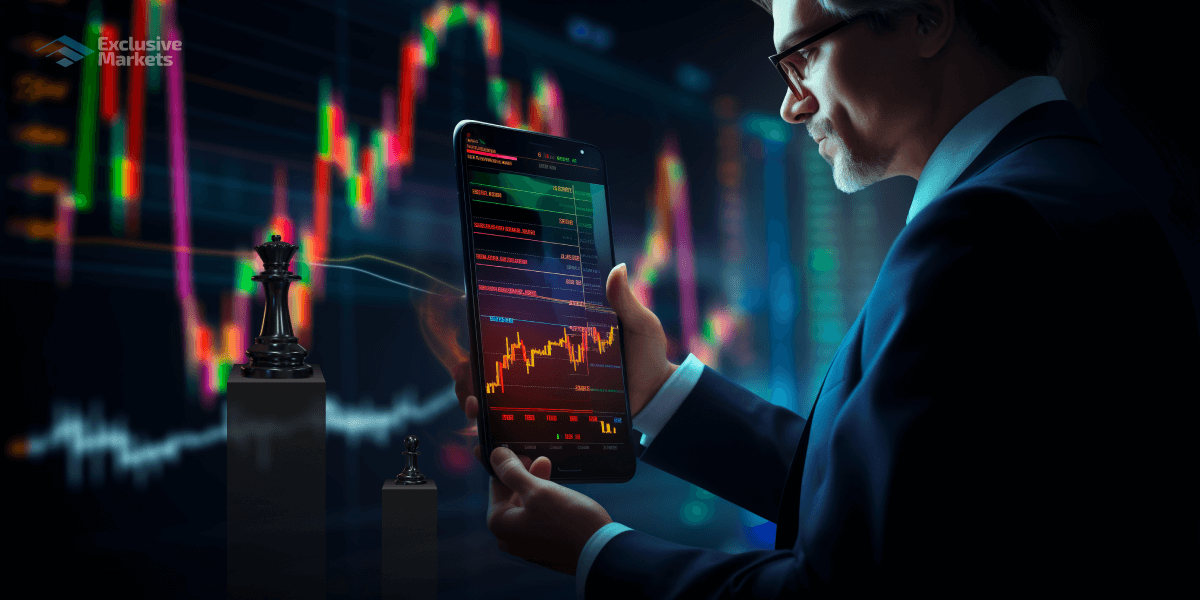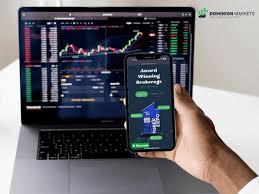
In the world of Forex trading, selecting the right trading platform is a crucial step towards achieving success in the financial markets. The right platform can significantly influence your trading experience, and understanding what to look for can make all the difference. To delve deeper into this topic and find resources that suit your needs, visit trading platforms for forex https://seed2019.io/.
Understanding Forex Trading Platforms
The Forex market operates 24 hours a day, providing immense opportunities for traders. A trading platform is a software application that connects you to the Forex market, allowing you to buy and sell currencies. These platforms are provided by Forex brokers, and they come equipped with various features that cater to different trading styles.
Types of Forex Trading Platforms
There are generally two types of trading platforms: proprietary platforms provided by the broker and third-party platforms like MetaTrader 4 (MT4) and MetaTrader 5 (MT5).
- Proprietary Platforms: These are platforms developed in-house by brokers. While they may have unique features tailored to the broker’s clientele, they can sometimes lack the versatility and advanced functionalities of well-established third-party platforms.
- MetaTrader 4/5: MT4 and MT5 are the industry standards for Forex trading. They are popular due to their user-friendly interfaces, extensive technical analysis tools, and automated trading capabilities through Expert Advisors (EAs).
Key Features to Look For

When evaluating a Forex trading platform, consider the following features:
- User Interface: A clean and intuitive interface makes it easier for traders to navigate through various functions. A user-friendly platform can enhance the trading experience, especially for beginners.
- Charting Tools: Effective charting tools are essential for technical analysis. Look for platforms that offer a variety of chart types, customizable indicators, and multiple time frames.
- Order Types: Ensure that the platform supports various order types, including market orders, limit orders, stop-loss orders, and trailing stops. The ability to execute different order types can enhance your trading strategies.
- Mobile Accessibility: In today’s fast-paced trading environment, the ability to trade on-the-go is crucial. Ensure the platform has a mobile-friendly version or an app that provides full functionalities.
- Security Features: The safety of your funds and personal information is paramount. Look for platforms that use encryption technologies, two-factor authentication (2FA), and are regulated by reputable authorities.
Evaluating Broker Reputation
Evaluating the reputation of the broker behind the trading platform is as important as the platform itself:
- Regulation: Ensure the broker is regulated by a reputable authority. Regulatory bodies like the FCA (UK), ASIC (Australia), and NFA (USA) enforce rules that protect traders.
- Customer Reviews: Reading reviews and feedback from other traders can provide insights into the broker’s reliability, customer service, and the effectiveness of their trading platform.
- Withdrawal Processes: Understand the withdrawal policies of the broker. A good broker will offer a variety of payment methods and ensure quick withdrawal processes.
The Role of Demo Accounts
Most reputable brokers offer demo accounts that allow you to test their trading platforms without risking real money. This is an essential step for new traders:
- Practice Trading: Use the demo account to practice trading strategies in a risk-free environment. This will help you understand the platform’s functionalities and improve your trading skills.
- Test Features: Explore all the features and tools provided by the platform. Check the mobile app, if available, and understand how it compares to the desktop version.
- Developing Strategies: Experiment with different trading strategies and assess which ones work best for you before trading with real money.

Cost and Fees
Understanding the cost structure associated with trading on the platform is vital for maximizing profitability:
- Spreads: The difference between the buy and sell price is known as the spread. Lower spreads can improve your trading profitability.
- Commissions: Some brokers charge commissions in addition to spreads. It’s essential to be aware of this as it can affect your overall trading costs.
- Inactivity Fees: Some brokers impose inactivity fees after a certain period of no trading activity. Be sure to read the fine print to avoid unexpected charges.
Customer Support
Reliable customer support can be invaluable, especially during the early stages of your trading journey:
- Availability: Check the hours of operation and the availability of support via live chat, phone, or email.
- Quality: Review customer feedback regarding the responsiveness and helpfulness of their support team.
Conclusion
Choosing the right trading platform for Forex is a critical aspect of your trading journey. By understanding the different types of platforms, assessing key features, evaluating broker reputation, and testing using demo accounts, you can make informed decisions that enhance your trading experience. Remember to always prioritize your security and stay informed about market conditions that can impact your trading strategies.
For additional resources and insights into Forex trading, consider visiting https://seed2019.io/ for more information.
